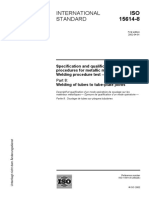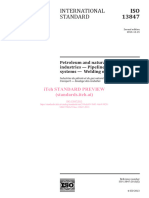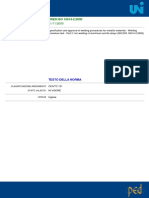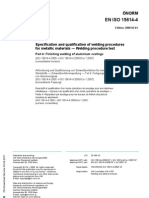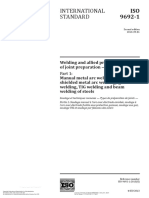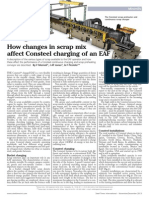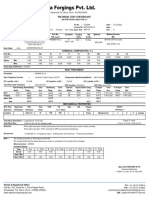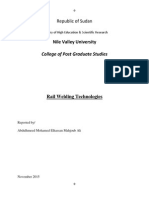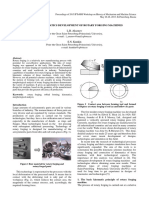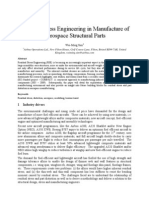0% found this document useful (0 votes)
54 views13 pagesIso 15620 2019
ISO 15620:2019 specifies requirements for the friction welding of metallic materials, detailing aspects such as welding knowledge, quality requirements, and personnel qualifications. The document serves as a comprehensive reference for demonstrating a manufacturer's capability to produce welded constructions of specified quality. It replaces the previous edition from 2000 and includes updates on terms, processes, and testing recommendations.
Uploaded by
joelemmanuel1998Copyright
© © All Rights Reserved
We take content rights seriously. If you suspect this is your content, claim it here.
Available Formats
Download as PDF, TXT or read online on Scribd
0% found this document useful (0 votes)
54 views13 pagesIso 15620 2019
ISO 15620:2019 specifies requirements for the friction welding of metallic materials, detailing aspects such as welding knowledge, quality requirements, and personnel qualifications. The document serves as a comprehensive reference for demonstrating a manufacturer's capability to produce welded constructions of specified quality. It replaces the previous edition from 2000 and includes updates on terms, processes, and testing recommendations.
Uploaded by
joelemmanuel1998Copyright
© © All Rights Reserved
We take content rights seriously. If you suspect this is your content, claim it here.
Available Formats
Download as PDF, TXT or read online on Scribd
/ 13








